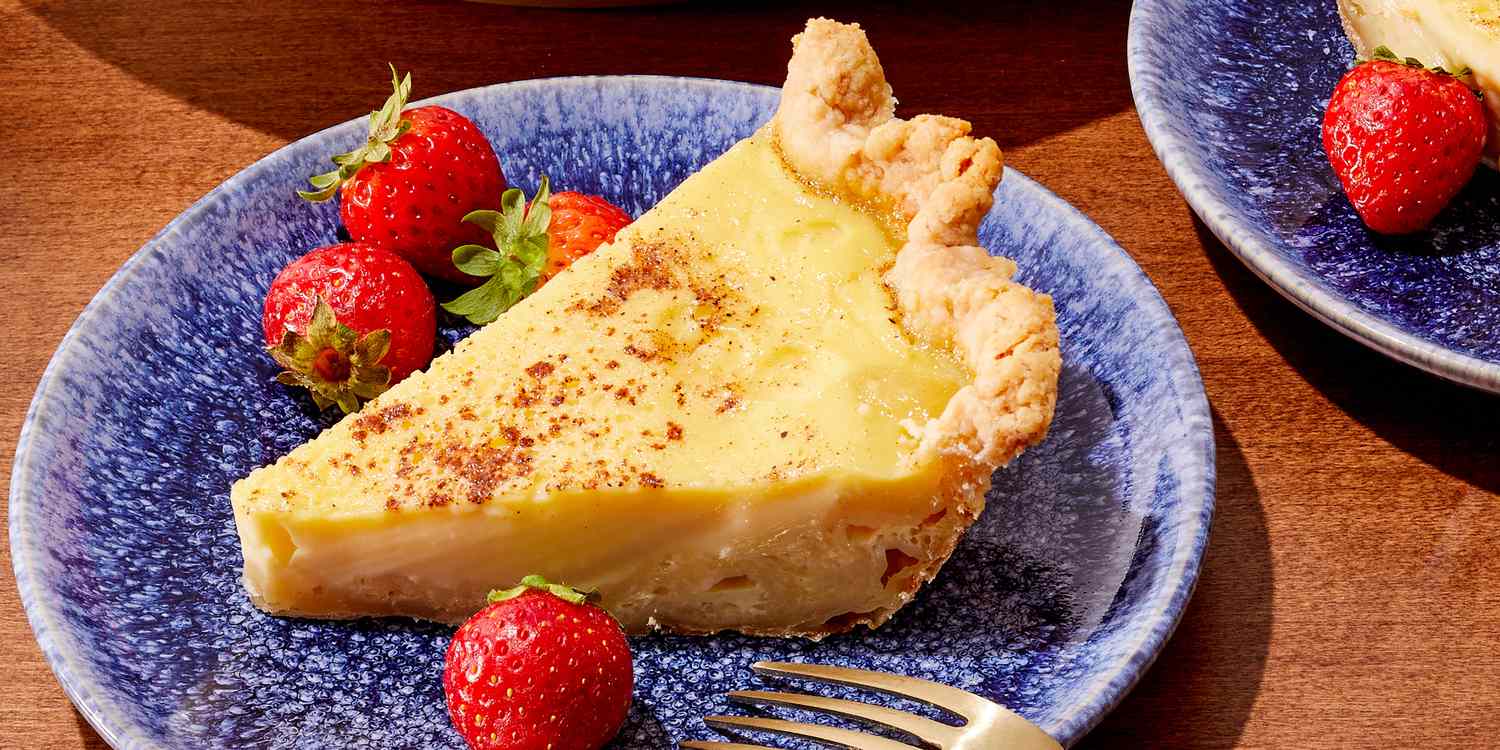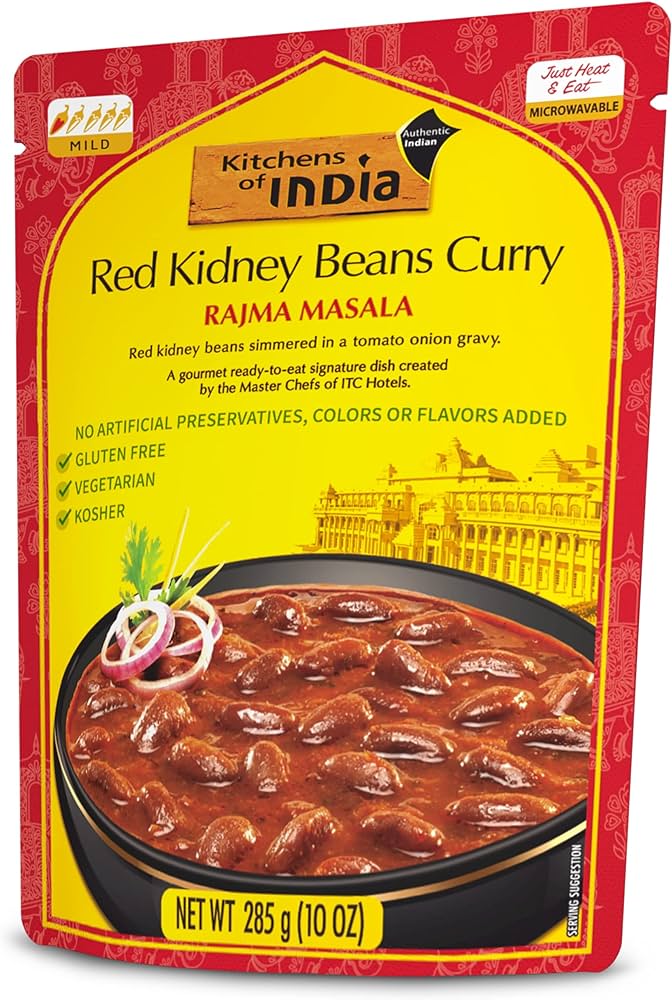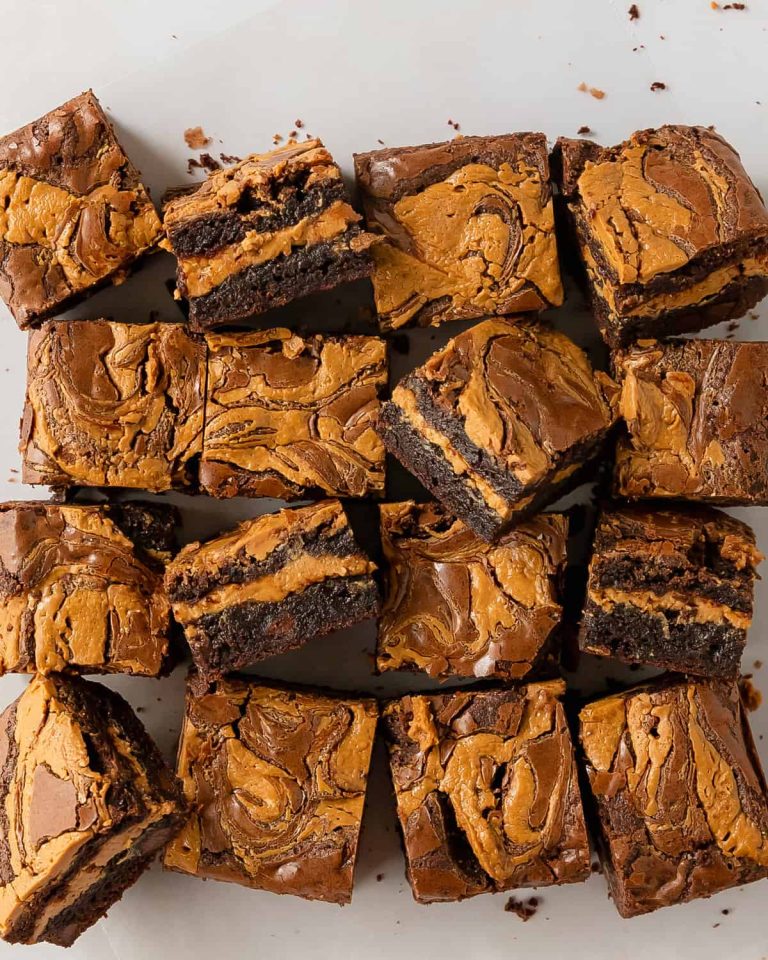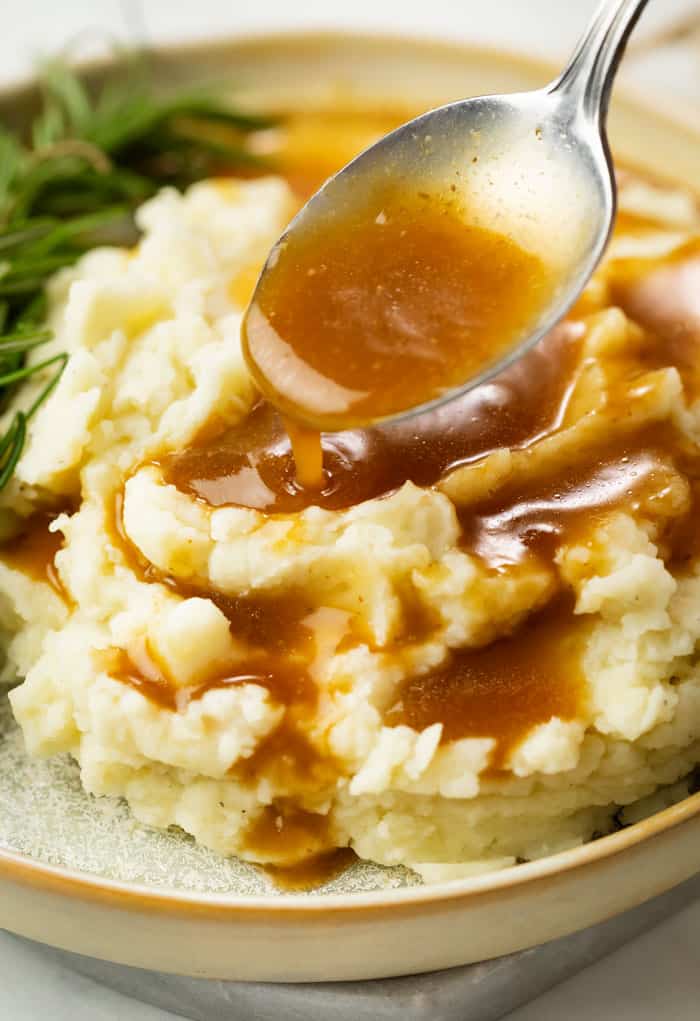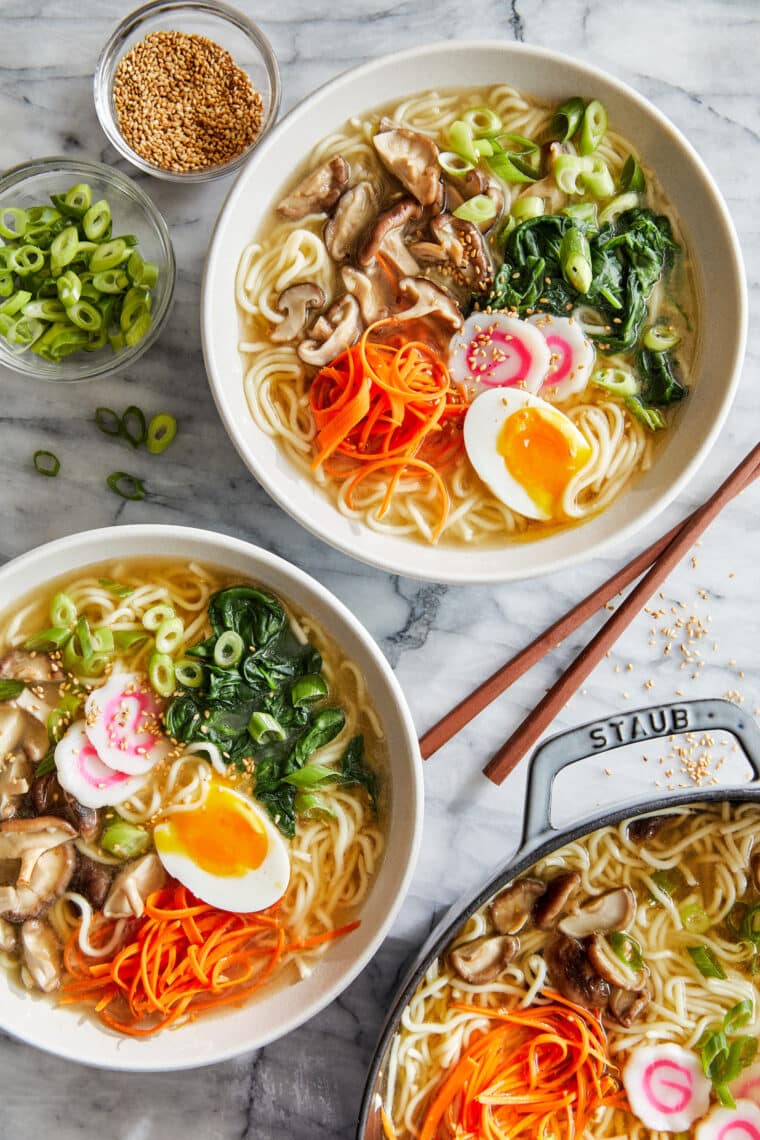Baked Egg Custard: Tips, Variations, and Recipes
Baked egg custard captures the essence of comfort and simplicity. Using just eggs, milk, sugar, and classic flavorings like vanilla and nutmeg, you create a dessert that’s both homely and sumptuous.
Simple Ingredients, Rich Flavor
You likely have all the ingredients needed for baked egg custard in your kitchen. Eggs provide structure, while milk and cream contribute to its silky texture. Sugar sweetens the mix, and flavorings like vanilla and nutmeg add depth. Organic vanilla extract and freshly grated nutmeg enhance the custard, making each bite a treat.
Creating a Heartwarming Atmosphere
As the custard bakes, your home fills with a warm, inviting aroma. Nutmeg and vanilla mingle to create a scent that promises comfort. This sensory experience starts even before the first taste, reinforcing the charm and appeal of homemade desserts.
A Versatile Delight
Baked egg custard offers versatility. You can serve it warm or chilled, plain or with toppings like caramel sauce or fresh berries. Its adaptability means you can enjoy this treat at any time of year, making it a perennial favorite.
Healthier Alternative
Compared to many store-bought desserts, homemade baked egg custard can be a healthier option. By controlling the ingredients and their amounts, you reduce additives and excessive sugars. Using organic or local ingredients can further enhance its nutritional value and flavor.
Incorporate these elements to fully appreciate the charm of homemade baked egg custard, making it a regular feature in your dessert repertoire.
Essential Ingredients for Baked Egg Custard
Eggs: The Foundation of Custard
Eggs form the base of any custard, providing structure and richness. Use 4 large eggs for optimal consistency and flavor. Eggs should be fresh to ensure the best results. Beat them thoroughly to promote smoothness, avoiding lumps in your final product.
Dairy Choices: Milk vs. Cream
Dairy products contribute creaminess to your custard. Use whole milk for a balanced texture. For a richer taste, incorporate heavy cream, using a ratio of half milk and half cream. Dairy options affect the final calorie content, so choose according to your dietary preferences.
Sweetening Your Custard
Sugar adds sweetness to your custard. Use 1/2 cup of granulated sugar for a standard recipe. Adjust the amount to suit your taste. To enhance flavor, mix sugar with a teaspoon of vanilla extract. Adding a pinch of nutmeg or cinnamon can also bring a delightful warmth to your dessert.
Step-by-Step Guide to Making Baked Egg Custard
Preparing Your Custard Mixture
Start by gathering your ingredients: 2 cups of milk or cream, 3 large eggs, 1/2 cup of sugar, 1 teaspoon of vanilla extract, and a pinch of nutmeg. Crack the eggs into a medium bowl. Add sugar, then whisk until the mixture is smooth. Heat the milk in a saucepan, until it’s warm but not boiling. Gradually add the warm milk to the egg mixture, stirring constantly to prevent cooking the eggs. Add vanilla extract and mix well. Pour the mixture through a fine mesh sieve into a large bowl to remove any lumps.
Baking Techniques and Tips
Preheat your oven to 325°F (163°C). Set ramekins or a baking dish in a larger pan filled halfway with hot water. This water bath prevents the custard from cracking and ensures even cooking. Pour the custard mixture into the ramekins or dish. Sprinkle nutmeg on top. Place the pan in the oven and bake for 45-60 minutes, or until the custard is set but still slightly jiggly in the center. Check halfway through and rotate the pan for even baking. Avoid opening the oven frequently, as it can lower the temperature and affect the custard’s texture.
Overcooking the Custard
Overcooking turns custard grainy and watery. Monitor the baking time and temperature carefully to achieve a smooth texture. Bake the custard until it just sets; the center should still jiggle slightly when you shake the dish gently. For precise results, use a thermometer, and remove the custard from the oven when it reaches 170–175°F (77–79°C).
Preventing Curdling
Curdling causes a lumpy texture. To avoid it, maintain a low oven temperature, typically around 325°F (163°C). Always warm the milk before combining it with the eggs and sugar, and temper the egg mixture by gradually adding warm milk while whisking continuously. Ensure even cooking by using a water bath, which helps regulate the custard’s temperature and prevents direct exposure to heat.
Variations of Baked Egg Custard
Flavor Additions and Substitutions
Enhance your baked egg custard by experimenting with flavor additions and substitutions. Cinnamon, lemon zest, and almond extract provide alternative flavors to vanilla. You can stir in finely chopped nuts such as almonds or pecans for a crunchy texture. Add fruit purees like pumpkin or banana to create a seasonal twist. If you’re a chocolate lover, blend cocoa powder into the custard mix.
Dietary Adjustments
Adjust recipes for dietary needs to enjoy baked egg custard without restrictions. Use lactose-free or plant-based milk like almond, soy, or oat for those with lactose intolerance. Opt for a sugar substitute such as stevia, erythritol, or monk fruit to make the custard diabetic-friendly. For a gluten-free version, ensure all added ingredients are free of gluten and certified safe. Vegans can replace eggs with a mix of silken tofu and cornstarch.
Conclusion
Creating a homemade baked egg custard is a delightful way to enjoy a classic dessert that’s both comforting and versatile. With just a few staple ingredients and some careful attention to the baking process, you can achieve a perfectly smooth and creamy custard.
Don’t be afraid to experiment with flavors and dietary adjustments to make it your own. Whether you’re adding a hint of cinnamon or opting for lactose-free milk, the possibilities are endless.
So go ahead and give this timeless dessert a try. You’ll not only impress your taste buds but also those of your family and friends. Enjoy the simplicity and satisfaction that comes with making your own baked egg custard at home.
